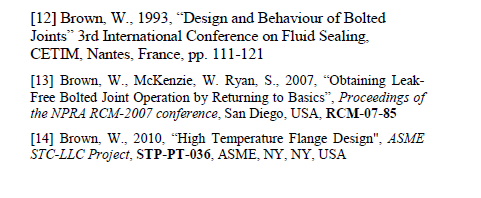Some Curious Guy
Mechanical
- Mar 23, 2011
- 76
UG-44(b) or code case 2901 has increased the design margin of standard flanges. Now we can increase the flange rated pressure by a factor ( 1 + Fm ) before we compare it with equivalent Pressure.
However the note (b) of Table UG-44-1 suggests an appropriate reduction in Moment factor (Fm) before using it for primary sustained piping loads or when there is a possibility of significant gasket creep.
A lot of time has passed since the introduction of code case 2901 / UG-44(b) and I hope people have become comfortable with it. Has anyone came across a method / procedure to calculate the Fm factor when standard flange are subjected to sustained primary piping loads or there is a possibility of gasket creep? As far as I know the softwares are issuing a warning for possible gasket creep when design temperature is high. They leave the task of appropriately reducing the Fm factor to the user.
Can people share their opinion and experience here regarding this issue ?
Is there non FEA method for this or FEA the only option ?
Thanks
Yaseer



